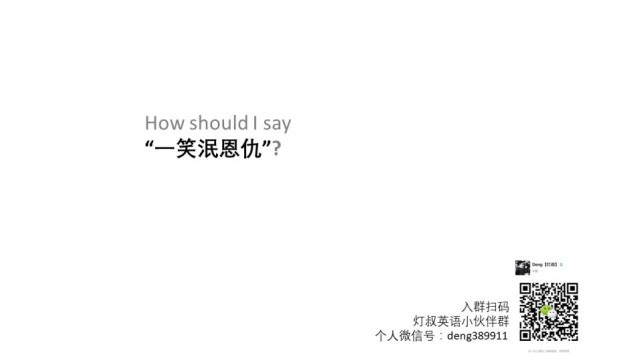读报笔记:《金融时报》主编坐高铁游杭州(节选)
I travelled to Hangzhou, capital of the 12th-century Southern Song dynasty, in the only way one should contemplate such a journey these days: at 300km/h in the capacious seat of a sleek-nosed bullet train. I arrived in just 57 minutes from Shanghai, about 110 miles to the north. A few months earlier the same journey would have taken just 45 minutes. But the top speed of trains across China has been cut after a fatal accident on another line last year.
contemplate:沉思;注视;思忖;预期
capacious:宽敞的;广阔的;容积大的
bullet train:高速列车;动车
fatal accident:死亡事故
The fast train from Shanghai has made Hangzhou a much more accessible destination for foreign tourists. Chinese have been coming here for centuries but foreigners are now arriving at this city in greater numbers. West Lake, with its 10 classical views that have inspired poets and painters down the ages, was last year made a Unesco World Heritage Site.
The journey to Hangzhou begins in the newly built train station at Hongqiao, or Red Bridge, a cavernous cathedral to modernism on the edge of Shanghai. This is Heathrow’s Terminal 5 for bullet trains. So vast is the space that people, silhouetted against the glass window at the far end, resemble LS Lowry’s matchstick figures. The motorised police pods that buzz through the throngs are beetle-sized in the immensity. We are ants in the Aya Sofia.
Heathrow’s Terminal 5:希思罗5号航站楼
Hangzhou, capital of the wealthy Zhejiang province, is a city of 1.7m people, modest by the gargantuan standards of modern China. Like Japan’s Kyoto, or ancient Chinese cities such as Xi’an, there is a palpable sense of history squished between the steel and concrete. Hangzhou was incorporated into the Chinese empire as Qiantang County by the Qin emperor in the third century BC and was linked to Beijing by the Grand Canal in the sixth century when it became the southern terminus of that aqueous thoroughfare.
the Grand Canal:大运河
After a short walk along the river one comes to a high wall protecting a temple complex. The main attraction is the Lingyin, considered one of China’s most important. Next to it, skirting the foot of the mountain, is the quieter Yongfu temple, like Lingyin said to have been founded 1,600 years ago by Master Hui Li, a visiting monk from India. One enters a forested area through a smallish wooden gate with a flared, tiled roof, like a samurai’s helmet.
samurai:(日)武士;武士阶级
Up some stone steps through the forest there’s a courtyard with a lovely wooden temple. Tourists are lighting incense and praying to the Buddha, though many of them look uncertain about the rules of long-forgotten religious worship. A man with a rush broom sweeps the stone path clear of fallen leaves. Monks in grey habits and closely cropped hair glide by as if they have wheels beneath their cloaks. We’ve left Thomas Hardy country for the China of Crouching Tiger, Hidden Dragon, a place of bamboo forests, monasteries and monks, temple gongs and intoned prayers drifting up through the hills.
Crouching Tiger, Hidden Dragon:卧虎藏龙
The next day, at 6am, Amanfayun arranges for a cruise of West Lake. It has a mysterious and magical quality, especially at this early hour. Mist rises from the still waters, obscuring and then revealing a pagoda. Weeping willows crowd the water’s edge. The surrounding paths are busy with elderly Chinese, walking briskly or practising their tai chi and yoga.
cruise:巡航,巡游;漫游
pagoda:宝塔
回顾:【读报笔记】系列>>
点击查看口译备考专题,阅读更多相关文章!











